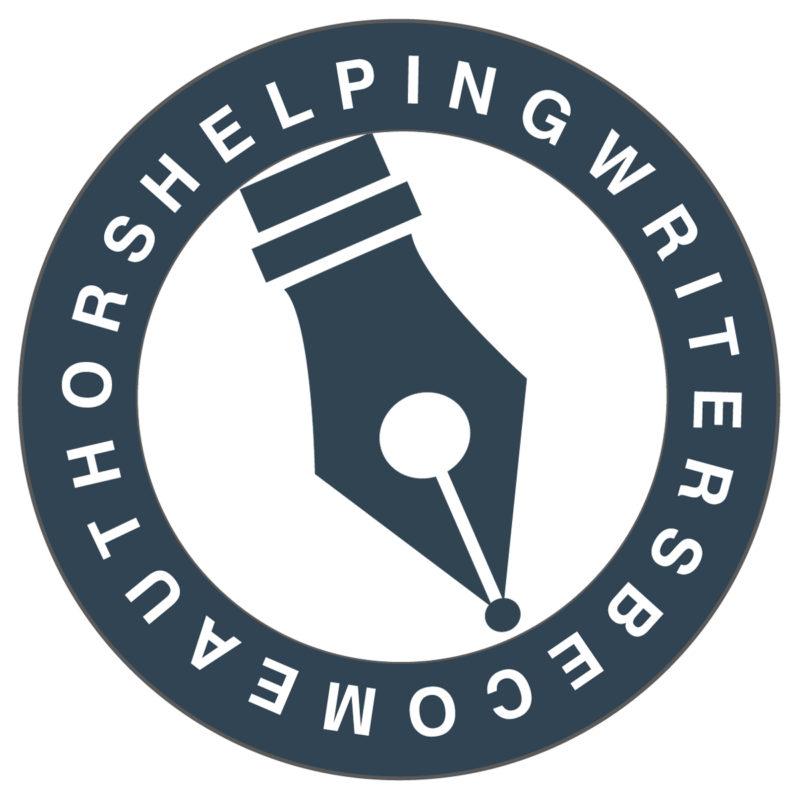Ep. 579: 9 Ways to Approach Relationship Dynamics in Fiction
Creating an amazing supporting cast that can offer important relationship dynamics in fiction will also help develop your protagonist.

Helping Writers Become Authors provides writers help in summoning inspiration, crafting solid characters, outlining and structuring novels, and polishing prose. Learn how to write a book and edit it into a story agents will buy and readers will love. (Music intro by Kevin MacLeod.)
Creating an amazing supporting cast that can offer important relationship dynamics in fiction will also help develop your protagonist.
Learn how archetypes and story structure mirror each other in any individual book and can be used to further strengthen your story.
Here are a five important questions you, as a writer of fiction, can ask yourself to help you in making story structure your own.
There’s nothing incorrect in using confrontation to create conflict in fiction. But to understand conflict as only confrontation is too narrow a definition.
Learn how to increase the health and effectiveness of the writer’s inner critic while diminishing toxic effects.
Here are this writer’s New Year reflections, focusing on six “gifts” I gave myself and why I believe they were profoundly life-changing.
The two halves of the Climactic Moment require the story’s final sequence to offer two very specific beats: Sacrifice and Victory/Failure.
The two halves of the Third Plot Point work together to create a scene arc that moves from the False Victory to the Low Moment.
The halves of the Midpoint are unique in story structure in that they mark the dividing line between the two halves of the entire story arc.